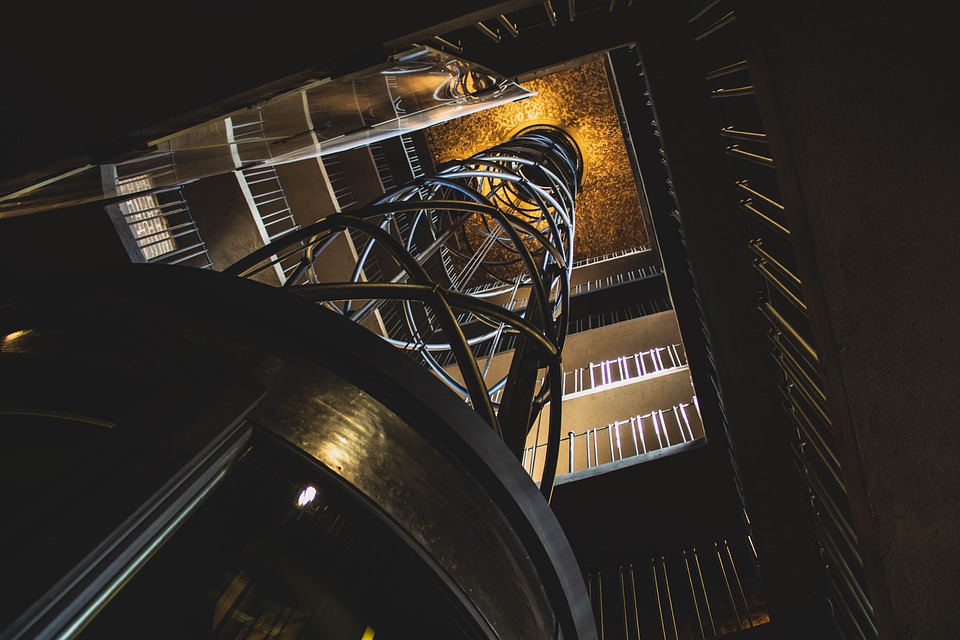The Art of Typographic Posters: A Comprehensive Guide
Typography is an art that combines words and design in a visually aesthetic way. It is an essential element in graphic design that can be used to create compelling posters that attract and convey messages to the audience. Typographic posters are a unique form of art that requires creativity, skill, and attention to detail. In this comprehensive guide, we will explore the different aspects of the art of typographic posters, from understanding typography to designing and printing a typographic poster.
Introduction to Typography
Typography is the art and technique of arranging typefaces, fonts, and letters in a way that makes written language legible, readable, and appealing when displayed. Typography has a unique role in graphic design, which is to present information in a way that attracts and engages the audience. A good typographic design has a distinct visual hierarchy, which guides the viewer through the design, conveying the intended message, and making the content easily digestible.
Understanding Font Types
Font types play a significant role in typography. There are four main types of font styles: serif, sans-serif, script, and display. Serif fonts have small lines at the end of the letters, while San-serif fonts do not. Script fonts simulate the look of handwriting, while display fonts are exaggerated, decorative fonts. Each font type has its unique characteristics and should be used appropriately based on the message and purpose of the poster.
Creating a Visual Hierarchy
A visual hierarchy refers to the order in which the viewer perceives the various elements of the poster. An excellent way to create a visual hierarchy is by using contrast, which can be achieved through the use of different font sizes, styles, and colors. An effective typographic poster should have a clear focal point, which draws the viewer’s attention and guides them through the design.
Selecting Colors
Colors are an essential element of typographic posters, as they can evoke emotions and create a mood. A good color scheme should be visually appealing, easy on the eyes, and consistent with the message of the poster. In most cases, it is recommended that designers use a maximum of three colors to avoid overwhelming the viewer.
Choosing a Typeface
The choice of typeface is crucial in typographic posters. It can affect the legibility, readability, and appearance of the design. When selecting a typeface, designers should consider the message of the poster, the intended audience, and the desired mood. They should also consider the compatibility of the typeface with the color scheme and the overall design of the poster.
Layout and Composition
The layout and composition of a typographic poster should be carefully planned to ensure that the message is conveyed effectively. The design should balance the various elements such as the text, images, and colors. A good layout should be aesthetically pleasing, easy to navigate, and draw attention to the focal point of the poster.
Printing the Poster
The final step in creating a typographic poster is printing. Print quality is critical to ensure that the design is crisp, legible, and visually appealing. The choice of paper, ink, and printing technique can affect the final product. Designers should consider the intended use of the poster and choose the printing method that meets their needs.
Conclusion
The art of typographic posters is a combination of creativity, skill, and attention to detail. A good typographic poster should be visually appealing, easy to read, and convey the intended message effectively. With the tips outlined above, designers can create compelling typographic posters that engage their audience and convey the intended message.
FAQs
1. What is the difference between serif and sans-serif fonts?
Answer: Serif fonts have small lines at the end of the letters, while Sans-serif fonts do not.
2. How many colors should be used in a typographic poster?
Answer: In most cases, it is recommended that designers use a maximum of three colors to avoid overwhelming the viewer.
3. What is a visual hierarchy in typography?
Answer: A visual hierarchy refers to the order in which the viewer perceives the various elements of the poster.
4. What should designers consider when selecting a typeface?
Answer: Designers should consider the message of the poster, the intended audience, and the desired mood. They should also consider the compatibility of the typeface with the color scheme and the overall design of the poster.
5. How can designers achieve a good layout in a typographic poster?
Answer: The design should balance the various elements such as the text, images, and colors. A good layout should be aesthetically pleasing, easy to navigate, and draw attention to the focal point of the poster.






